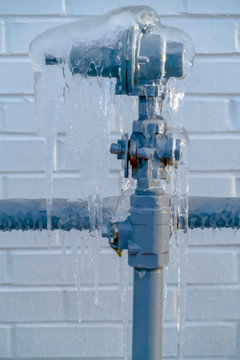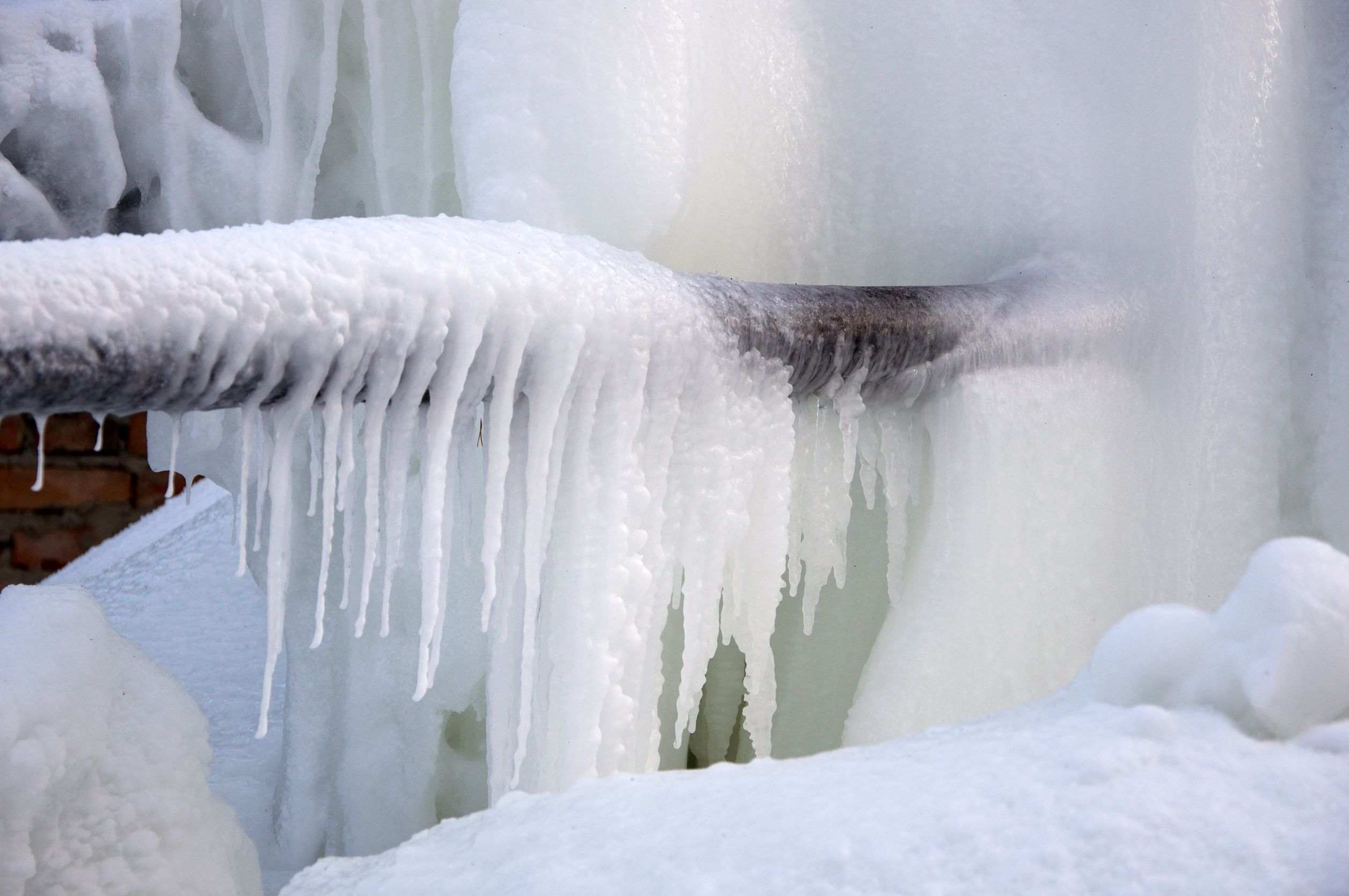Preventing Frozen Plumbing in Winter: Professional Advice
Preventing Frozen Plumbing in Winter: Professional Advice
Blog Article
How do you really feel with regards to Winter Plumbing Precautions: Preventing Frozen Pipes?

Cold weather can damage your pipes, specifically by freezing pipes. Below's exactly how to stop it from occurring and what to do if it does.
Introduction
As temperatures drop, the danger of icy pipes boosts, possibly bring about costly repairs and water damages. Comprehending exactly how to avoid icy pipelines is crucial for homeowners in cool environments.
Understanding Frozen Pipes
What causes pipes to freeze?
Pipelines freeze when exposed to temperatures below 32 ° F (0 ° C) for prolonged durations. As water inside the pipes ices up, it expands, taxing the pipe wall surfaces and potentially causing them to break.
Risks and damages
Icy pipes can bring about water system interruptions, residential or commercial property damages, and pricey repair work. Ruptured pipelines can flood homes and cause comprehensive architectural damage.
Signs of Frozen Pipes
Recognizing icy pipelines early can stop them from breaking.
How to determine frozen pipes
Seek lowered water flow from faucets, uncommon smells or sounds from pipelines, and visible frost on subjected pipelines.
Avoidance Tips
Insulating prone pipes
Cover pipes in insulation sleeves or utilize heat tape to protect them from freezing temperatures. Concentrate on pipes in unheated or exterior locations of the home.
Heating techniques
Keep interior rooms appropriately heated up, particularly areas with pipes. Open up closet doors to enable warm air to flow around pipes under sinks.
Safeguarding Outdoor Pipes
Yard tubes and outside taps
Detach and drain garden tubes before winter season. Set up frost-proof spigots or cover exterior taps with insulated caps.
What to Do If Your Pipelines Freeze
Immediate actions to take
If you suspect icy pipelines, keep taps open up to ease pressure as the ice melts. Use a hairdryer or towels soaked in hot water to thaw pipelines gradually.
Long-Term Solutions
Structural modifications
Consider rerouting pipes far from outside walls or unheated locations. Include additional insulation to attics, cellars, and crawl spaces.
Upgrading insulation
Purchase high-grade insulation for pipelines, attic rooms, and walls. Correct insulation helps preserve regular temperatures and minimizes the threat of frozen pipelines.
Verdict
Avoiding frozen pipes requires proactive actions and fast actions. By comprehending the reasons, signs, and preventive measures, homeowners can secure their plumbing throughout cold weather.
5 Ways to Prevent Frozen Pipes
Drain Outdoor Faucets and Disconnect Hoses
First, close the shut-off valve that controls the flow of water in the pipe to your outdoor faucet. Then, head outside to disconnect and drain your hose and open the outdoor faucet to allow the water to completely drain out of the line. Turn off the faucet when done. Finally, head back to the shut-off valve and drain the remaining water inside the pipe into a bucket or container. Additionally, if you have a home irrigation system, you should consider hiring an expert to clear the system of water each year.
Insulate Pipes
One of the best and most cost-effective methods for preventing frozen water pipes is to wrap your pipes with insulation. This is especially important for areas in your home that aren’t exposed to heat, such as an attic. We suggest using foam sleeves, which can typically be found at your local hardware store.
Keep Heat Running at 65
Your pipes are located inside your walls, and the temperature there is much colder than the rest of the house. To prevent your pipes from freezing, The Insurance Information Institute suggests that you keep your home heated to at least 65 degrees, even when traveling. You may want to invest in smart devices that can keep an eye on the temperature in your home while you’re away.
Leave Water Dripping
Moving water — even a small trickle — can prevent ice from forming inside your pipes. When freezing temps are imminent, start a drip of water from all faucets that serve exposed pipes. Leaving a few faucets running will also help relieve pressure inside the pipes and help prevent a rupture if the water inside freezes.
Open Cupboard Doors
Warm your kitchen and bathroom pipes by opening cupboards and vanities. You should also leave your interior doors ajar to help warm air circulate evenly throughout your home.

We hope you enjoyed reading our topic about How To Avoid Freezing Pipes. Thanks for spending some time to read our content. Sharing is good. Helping others is fun. We appreciate reading our article about Helpful Tips to Prevent Frozen Pipes this Winter.
Click Here Report this page